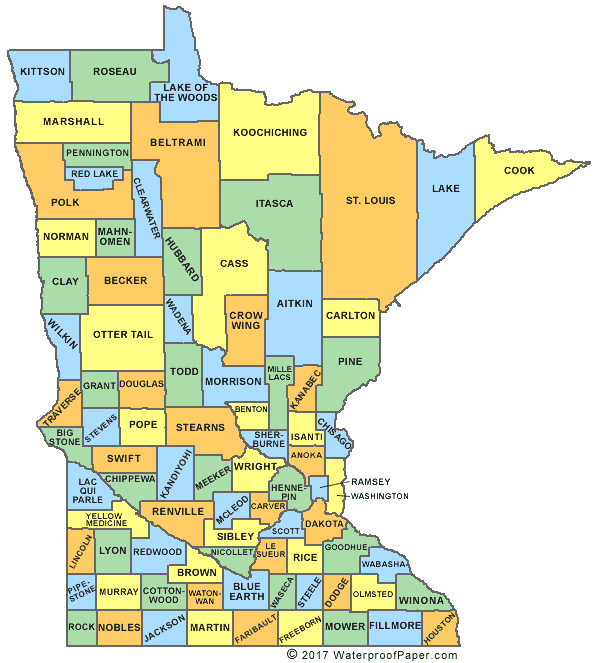I don't have anything for or against Minnesota, but why would this little known state come up twice in a few days? This merits a little examining.
Earlier this week a friend of mine who lived in Minneapolis in the early 90s was telling me that upon her recent visit there she was amazed at the vibrant community living there. Is that why in the 2008 U.S. presidential election, 78.2% of eligible Minnesotans voted – the highest percentage of any U.S. state – versus the national average of 61.7%? I guess this could be a relevant factoid in a US presidential election year.
Then, I discovered that the University of Minnesota’s Institute on the Environment and Seoul National University have recently released a study on the use of three things that are squarely on my radar: smartphones, social networks, and "things" (in this case packages using RFID). And, if that wasn't enough to catch your attention, there's also a "green" component to this study. According to this article on the University of Minnesota's Institute on the Environment's web site:
The study used spatial and agent-based models to investigate the potential environmental benefits of enlisting social networks and smartphones to help deliver packages. While sensitive to how often trusted and willing friends can be found in close proximity to both the package and the recipient within a day, results indicate that very small degrees of network engagement can lead to very large efficiency gains.
Compared to a typical home delivery route, greenhouse gas emissions reductions from a socially networked pickup system were projected to range from 45 percent to 98 percent, depending on the social connectedness of the recipients and the willingness of individuals in their social networks to participate. System-wide benefits could be significantly lower under assumptions of less than 100% market adoption, however. In fact, the study points out that many of the gains might be nullified in the short term as fewer home truck deliveries make existing delivery systems less efficient. But, “with only 1-2% of the network leveraged for delivery, average delivery distances are improved over conventional delivery alone – even under conditions of very small market penetration,” the study concluded.
“What is important is that sharing be allowed in the system, not how many ultimately choose to share time or resources,” says study co-author Timothy Smith, director of IonE’s NorthStar Initiative for Sustainable Enterprise. “We find that providing the relatively few really inefficient actors in the network the opportunity to seek the help of many better positioned actors can radically improve performance.” This is particularly relevant today, Smith says, as online retailers such as Amazon begin introducing delivery pickup lockers in grocery, convenience and drug stores.
Perhaps there is, indeed, a natural link between voter participation and social networking for your local package delivery: if a citizen is more involved in the well being of the community and wants to vote, perhaps the same person will also be open to making small detours for the purpose of delivering a package and protecting the environment.
I suspect that the speakers about NFC and RFID at the upcoming IoT Zurich meetup event will be touching on this topic of citizens using their smartphones with near field communications, but probably not for the same applications.
